Βeta Carotene
Βeta carotene is an organic, strongly coloured red-orange pigment abundant in fungi, plants, and fruits. It is a member of the carotenes, which are terpenoids (isoprenoids), synthesized biochemically from eight isoprene units and thus having 40 carbons. Among the carotenes, β-carotene is distinguished by having beta-rings at both ends of the molecule. Β-carotene is biosynthesized from geranylgeranyl pyrophosphate.
Send Enquiry
Βeta carotene is an organic, strongly coloured red-orange pigment abundant in fungi, plants, and fruits. It is a member of the carotenes, which are terpenoids (isoprenoids), synthesized biochemically from eight isoprene units and thus having 40 carbons. Among the carotenes, β-carotene is distinguished by having beta-rings at both ends of the molecule. Β-carotene is biosynthesized from geranylgeranyl pyrophosphate.
Related Products
-
Get Quote
Astaxanthin
Astaxanthin is a keto-carotenoid. It belongs to a larger class of chemical compounds known as terpenes (as a tetraterpenoid) built from five carbon precursors, isopentenyl diphosphate, and dimethylallyl diphosphate. Astaxanthin is classified as a xanthophyll (originally derived from a word meaning “Yellow leaves
-
Get Quote
Aloe Vera
Aloe vera is a succulent plant species of the genus aloe. Having some 500 species, aloe is widely distributed, and is considered an invasive species in many world regions. An evergreen perennial, it originates from the arabian peninsula, but grows wild in tropical, semi-tropical, and arid climates around the world. It is cultivated for commercial products, mainly as a topical treatment used over centuries. The species is attractive for decorative purposes, and succeeds indoors as a potted plant.
It is used in many consumer products, including beverages, skin lotion, cosmetics, ointments or in the form of gel for minor burns and sunburns. There is little clinical evidence for the effectiveness or safety of aloe vera extract as a cosmetic or topical drug. The name derives from latin as aloe and vera (“True”). -
Get Quote
Silymarin {Milk Thistle}
Silymarin {milk thistle}has other common names including cardus marianus, milk thistle, blessed milkthistle, marian thistle, mary thistle, saint mary’s thistle, mediterranean milk thistle, variegated thistle and scotch thistle this species is an annual or biennial plant of the family asteraceae. This fairly typical thistle has red to purple flowers and shiny pale green leaves with white veins

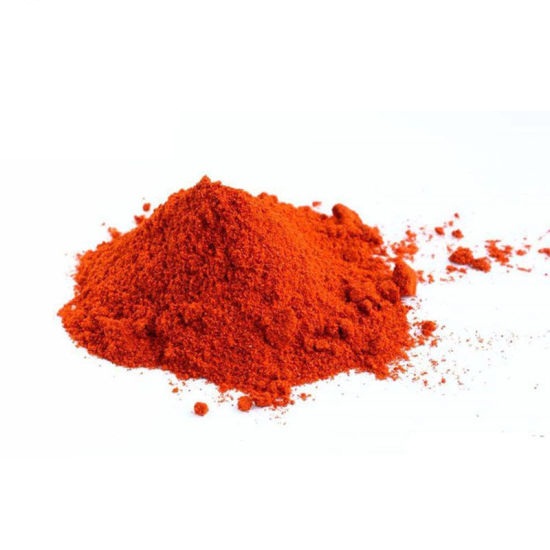
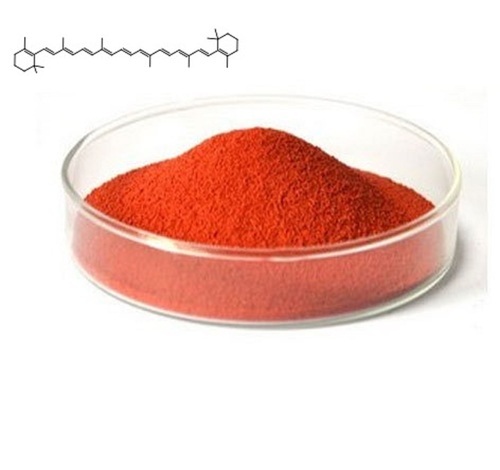
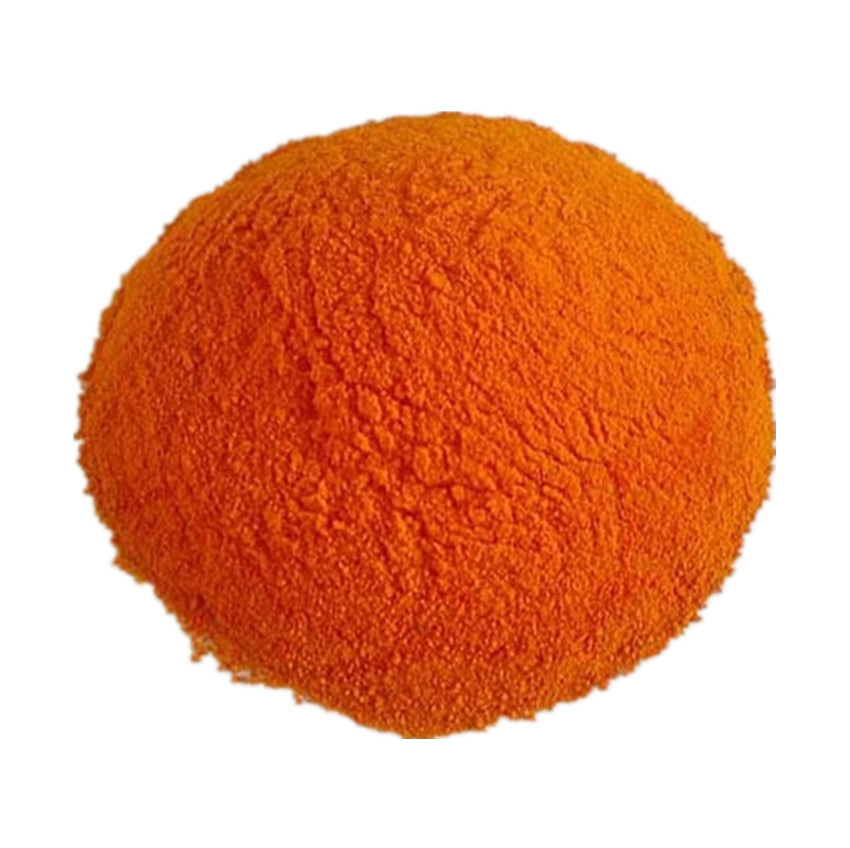
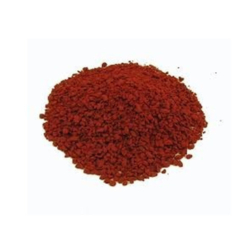
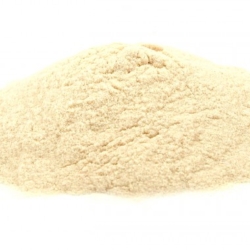
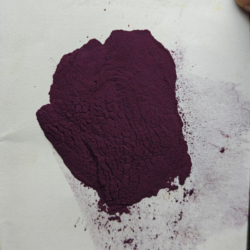
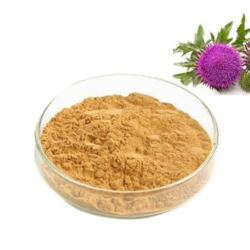
Reviews
There are no reviews yet.